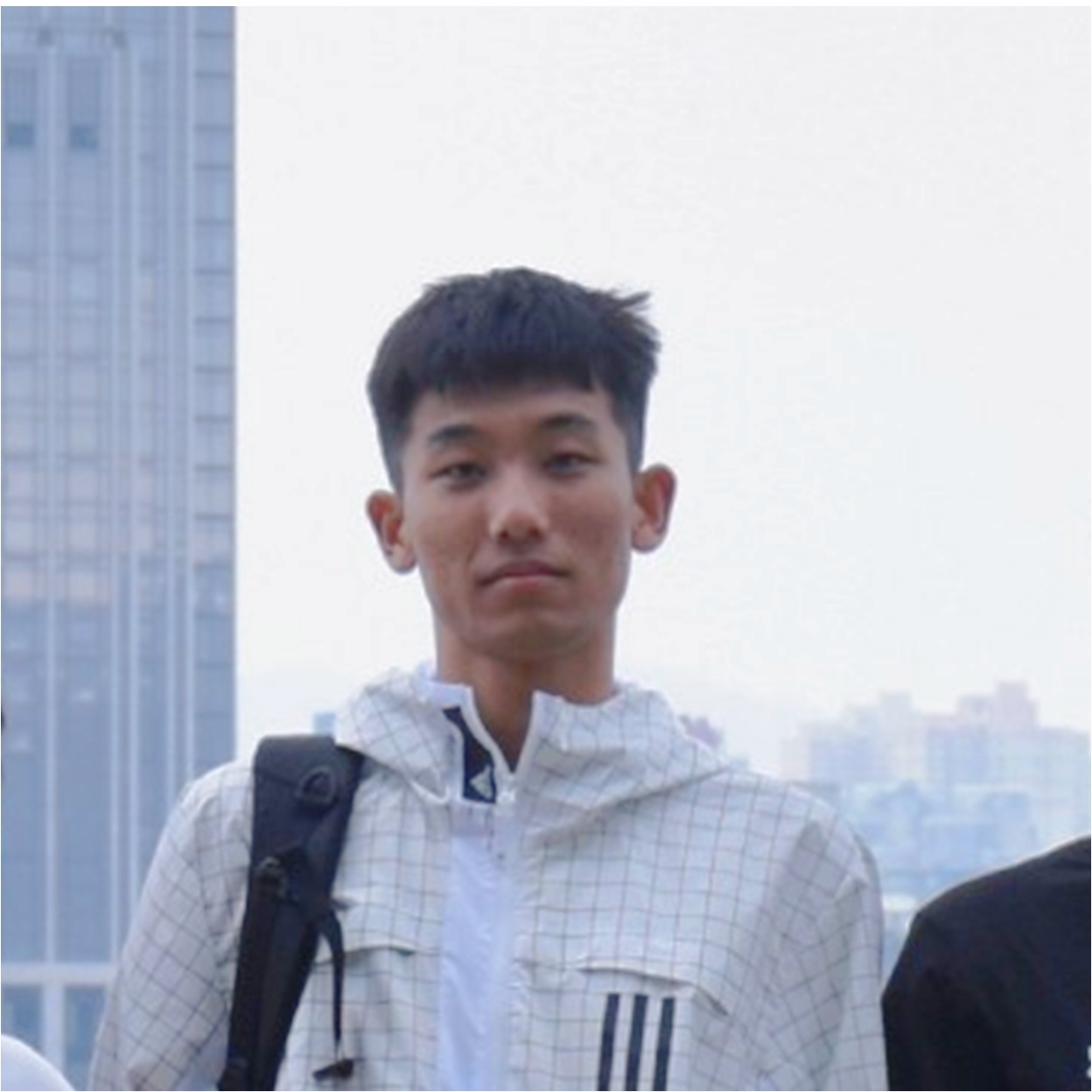A Neuromorphic Binocular Framework Fusing Directional and Depth Motion Cues Towards Precise Collision Prediction
Neurocomputing, 2025
Abstract
Biological studies have significantly advanced our understanding of collision detection, driving improvements in visual systems for safer navigation of mobile intelligent machines. Directionally selective neurons (DSNs), extensively studied in insects like locusts and flies, have inspired computational models that effectively detect specific directional motion cues with low computational demands, making them suitable for real-time applications. Despite these advancements, there remains a gap between biological systems and current computational models. Typically, computational approaches project the three-dimensional world onto two-dimensional representations, resulting in the loss of critical depth information essential for accurately detecting looming object, i.e., those directly approaching the observer. Consequently, such methods often suffer interference from background motion distractors and nearby translating objects. To address these limitations, we developed a binocular visual framework integrating neuromorphic components, including directionally selective neural networks and depth-disparity computing pathway. This binocular approach enhances looming detection accuracy and improves collision prediction capabilities. Additionally, evolutionary learning techniques were employed to optimize network structures and parameters, prioritizing robustness across diverse real-world scenarios. The resulting binocular model selectively responds to imminent collision trajectories while effectively suppressing peripheral distractors such as near-miss and passing movements. We conducted comprehensive evaluations comparing our proposed framework against a latest binocular neural model across various complex scenarios. Systematic ablation studies further validated the effectiveness and robustness of our approach. The results confirm its potential for deployment in mobile robots and autonomous vehicles, assisting their collision avoidance in real-world applications.
Keywards
Bio-inspired collision detection, Binocular vision, Directionally selective neural network, Depth disparity, Evolutionary learning
